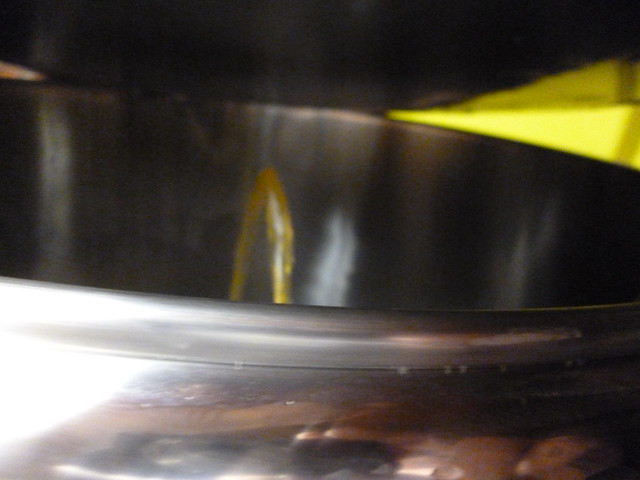Hi,
I am thinking of aerating my wort with aquarium pump, filter and aeration stone. The downside to this method is reduced head retention. I'm interested in other brewer's opinion, that use this method. How big is a problem with head retention? Are there any other downsides? Do you recommend this method?
Best regards,
Gregor
I am thinking of aerating my wort with aquarium pump, filter and aeration stone. The downside to this method is reduced head retention. I'm interested in other brewer's opinion, that use this method. How big is a problem with head retention? Are there any other downsides? Do you recommend this method?
Best regards,
Gregor























![BREWING THERMOMETER STICKERS ACCURATELY MONITOR FERMENTING BEER & WINE LIQUID TEMPERATURES 5PCS HOME BREW SPIRITS WINE LCD ADHESIVE [US]](https://m.media-amazon.com/images/I/311DDjo2X3L._SL500_.jpg)


















